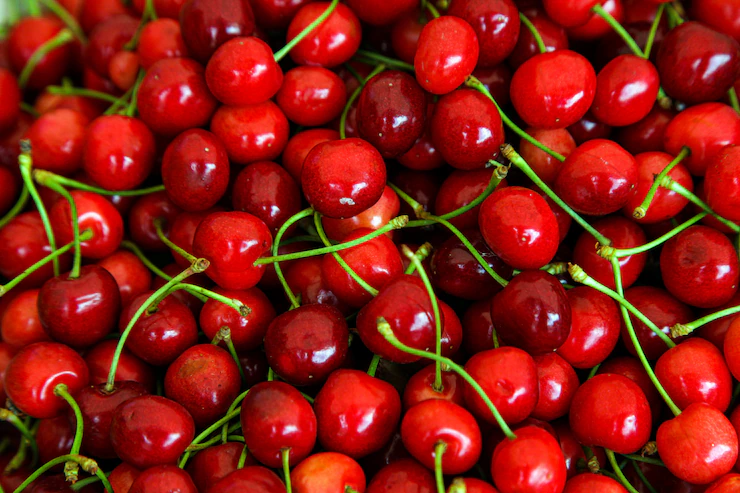When growing cherries in South Africa, there are several infections and diseases that you should watch out for to ensure the health and productivity of your cherry trees. Here are some common ones:
- Cherry Leaf Spot (Blumeriella jaapii): This fungal disease causes small purple spots on the leaves, which can enlarge and merge over time. Infected leaves may drop prematurely, reducing the tree’s ability to photosynthesize and impacting fruit quality. Fungicide treatments and proper sanitation practices can help manage this disease.
- Brown Rot (Monilinia spp.): Brown rot is a fungal disease that affects cherries during wet and warm conditions. It causes fruit rot, characterized by brown, shriveled, and mummified cherries. Proper pruning to improve air circulation, removal of infected fruit, and application of fungicides can help control brown rot.
- Bacterial Canker (Pseudomonas syringae): Bacterial canker affects the branches and trunk of cherry trees, causing cankers, oozing sap, and gumming. Infected branches may die, affecting the overall tree health. Pruning affected branches, applying copper-based sprays, and practicing good sanitation can help manage bacterial canker.
- Cherry Powdery Mildew (Podosphaera clandestina): Powdery mildew is a fungal disease that appears as a white powdery coating on leaves, shoots, and fruit. It can stunt growth, deform fruit, and reduce yield. Fungicide applications, pruning for improved air circulation, and planting resistant varieties can help control powdery mildew.
- Cherry Fruit Fly (Rhagoletis cerasi): The cherry fruit fly is an insect pest that lays eggs in cherries, leading to larval infestations. Infested fruit shows signs of punctures and maggots inside. Monitoring traps, applying insecticides at the appropriate times, and practicing good orchard hygiene can help manage this pest.
- Root Rot (Phytophthora spp.): Root rot is a soil-borne disease that affects the roots of cherry trees, leading to poor growth, wilting, and eventual death. Proper site selection, well-drained soil, and avoiding over-irrigation can help prevent root rot.
It is crucial to regularly monitor your cherry trees for signs of infections and diseases. Contact your local agricultural extension service or a professional horticulturist for accurate identification and guidance on managing specific diseases prevalent in your region. They can provide you with tailored advice based on the specific conditions and challenges of growing cherries in South Africa.
Join 'Farmers Mag' WhatsApp Channel
Get the latest Farming news and tips delivered straight to your WhatsApp
CLICK HERE TO JOIN






